A 65-Facet Gem Design? I was at the Tucson shows this winter talking with Merle White, editor of Lapidary Journal Jewelry Artist, when she mentioned the magazine's upcoming 65th Anniversary, and then asked if I had any ideas for a 65-facet cut to help celebrate. I was interested, but after a couple sketches on the way home and tinkering with cheap quartz on my machine, nothing quite worked right for such an important design as this. After all, it's Lap Journal's 65th, and I wanted it to look good!
Design Ideas
I started with the idea of 65 facets - that's a four-sided gem with even symmetry, plus a table for the 65th facet. No problem. Lots of design options. Eh, just not special enough for an anniversary stone. Or, not challenging enough. What about a triangular gem? Neither 65 nor 64 is divisible by 3, and that should pose an interesting design dilemma. Perfect!
Design Guidelines
When I design new gem cuts, I have certain guidelines that I've developed over time, rules that I follow that put the odds a little in my favor in creating a pretty gem. These include (in no particular order):
- Creating differentiation in the angles of the gem. I don't like close angles. Setting rows of facets at least five degrees apart creates better curvature, and that creates better scintillation when the stone moves.
- Large, broad facets. Big flash means big color, unless you're trying to hide something. The juxtaposition of broad facets can be used for many effects, from a simple color enhancing emerald cut to a round checkerboard cut which throws lots of fire.
- Keep the facets deliberate, and don't add extras where they're not needed. This may not apply when designing a stone with 65 facets, but nonetheless, it's a mediation on minimalism. I wanted all the facets on this new design to 'count', and not just be there to make them all add up to 65.
- Make the gem pretty when it moves. I'm always thinking about the gem as a dynamic piece - three dimensional - viewed, worn, and appreciated in real life - not just in an image or a diagram.
- Use the cut as a tool to make a beautiful gem, not the other way around.
This Design
I wanted a triangular gem in an original design, based on my design principles, that would present in an original/unusual way, that would have 65 facets, and that would be beautiful. I love step cut pavilions, which can be a nice, simple, reflective backdrop for a more complicated crown. Sometimes, though, a straight step cut can be a little boring and Cartesian, and may create unwanted extinction on a symmetrical crown pattern.
On this cut, I threw the pattern lines off by making each facet in the row a progressively higher angle. Viewed cutlet-to-eye, this gives the impression of the pattern being 'twisted'. It may look a little novel but it corrected the problem of extinction in my test cuts. The crown is a variation of a triangular checkerboard pattern, and is built with a high degree of angel differentiation - from 43 to 14 degrees, and uses triangles of different size and shape.
Equipment Used
- Ultratec machine
- Crystalite laps
- Batt laps for polishing

